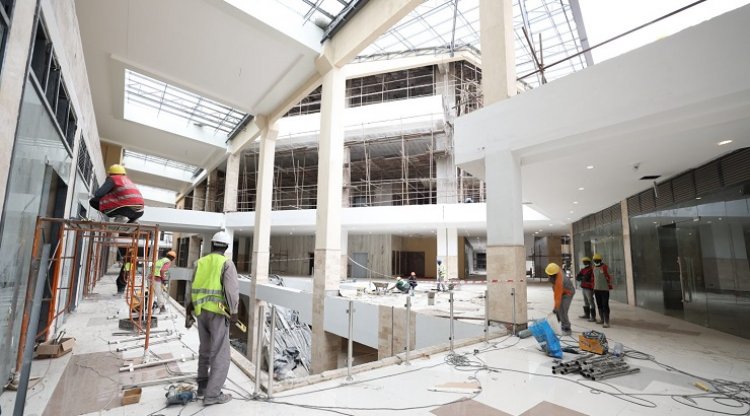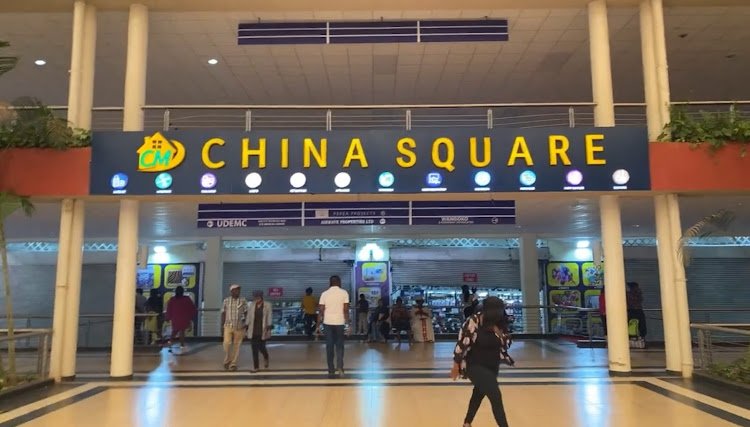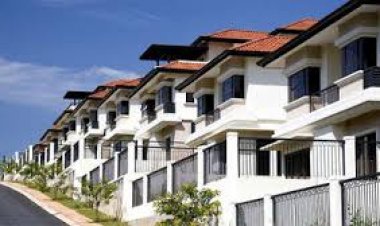5 Notable Growth in Kenya’s Real Estate Sector During First Quota of 2023
Kenya's real estate sector has recorded more growth compared to a similar period in 2022.

The real estate sector in Kenya has recorded more growth compared to a similar period in 2022 in terms of activity. Some of the factors that have continued to shape the performance of the Real Estate sector include:
The government’s and private sector’s continued focus on the Affordable Housing Program (AHP). The AHP currently has about 25 affordable housing projects, with an estimated 47,787 housing units by the government and 50,225 housing units by the private sector under construction. The government aims to deliver at least 200,000 housing units per year.
The retail sector has witnessed expansions from both local and international retailers such as Naivas, Quickmart, and Carrefour taking spaces previously owned by Tuskys, Uchumi, and Nakumatt.
Through Kenya Mortgage Refinance Company (KMRC), the government has been able to provide affordable mortgages making homeownership more accessible to the citizens by providing long-term, low-interest home loans to potential home buyers. In 2022, KMRC refinanced 1,948 mortgage loans valued at Ksh6.8 billion noting a 278% increase from 574 home loans valued at Ksh1.3 billion in 2021.
There has also been increased popularity in Mixed Use Development (MUDs) due to their convenience, providing a comprehensive living experience for residents while also attracting more investors through a combination of residential, commercial, and retail spaces.
 [Image of China Square entrance, a retail store that quickly became the talk of town in Nairobi.]
[Image of China Square entrance, a retail store that quickly became the talk of town in Nairobi.]
However, despite the growth witnessed in the sector, there are a couple of challenges that the sector is currently facing, including:
Rising construction costs, averaging Ksh5,210 per sqft in 2022, a 5.0% increase from Ksh 4,960 per sqft recorded in 2021. This is attributed to key construction materials such as cement, steel, paint, aluminum, and PVC which are expected to impede development activities in the sector.
Oversupply of physical space in selected sectors such as the commercial sector with approximately 5.8 sqft in the NMA commercial office market leading to prolonged vacancy rates.
If you have a real estate press release or any other information that you would like featured on African Real Estate Blog Post do reach out to us via email at [email protected]

































